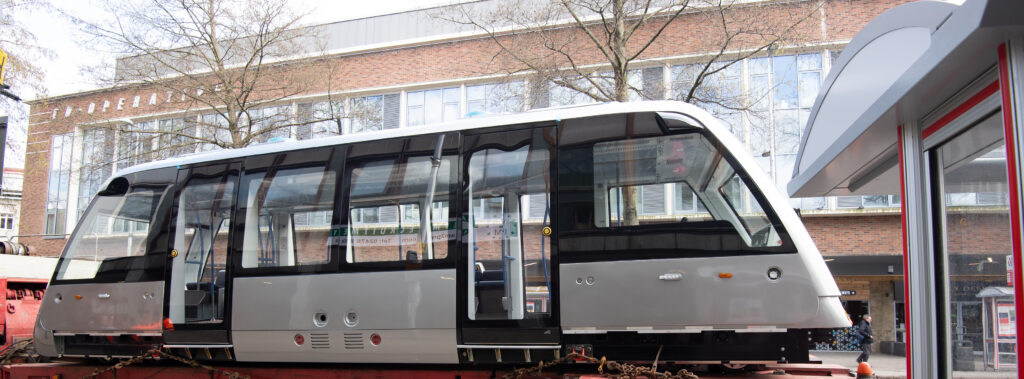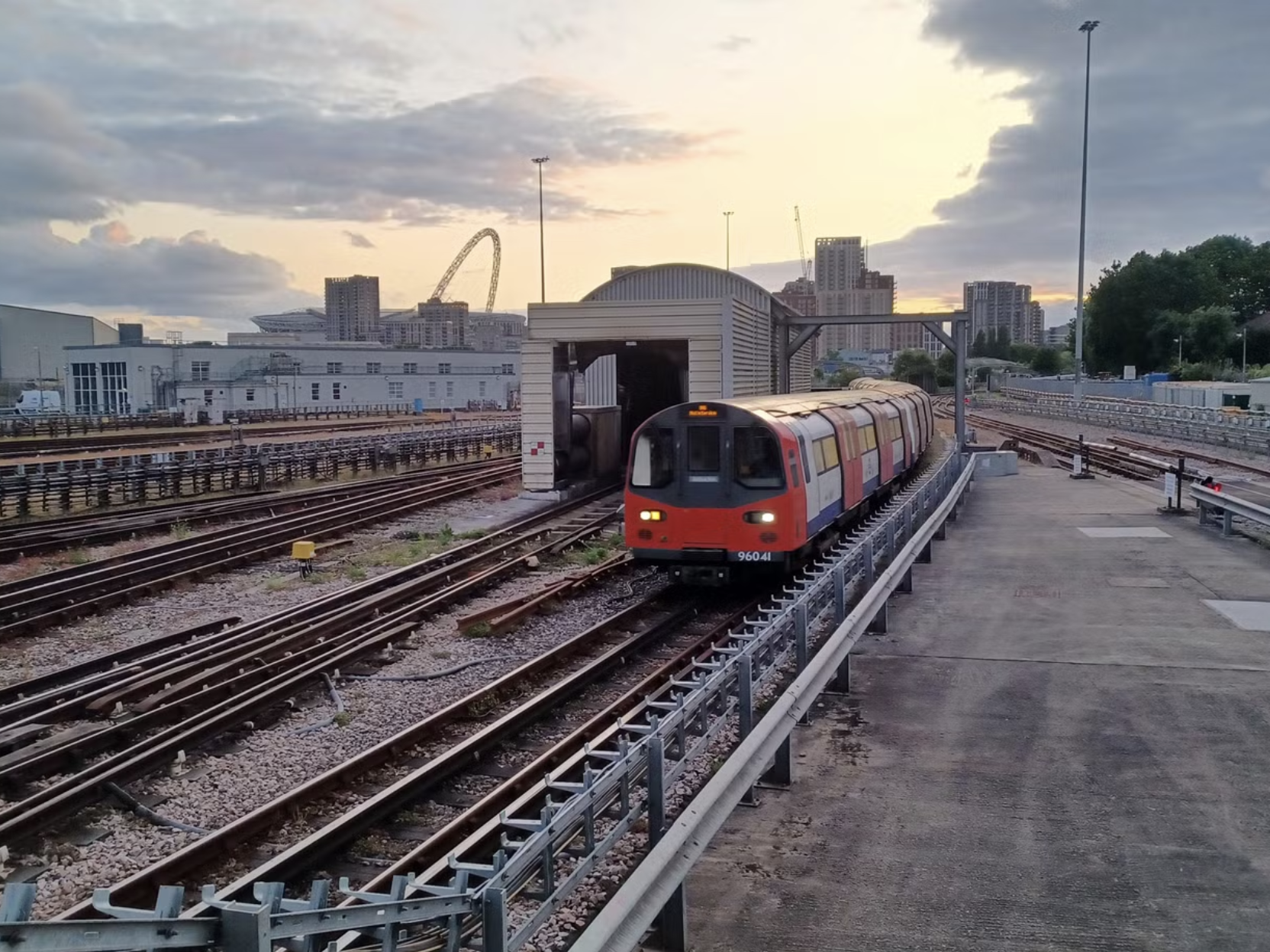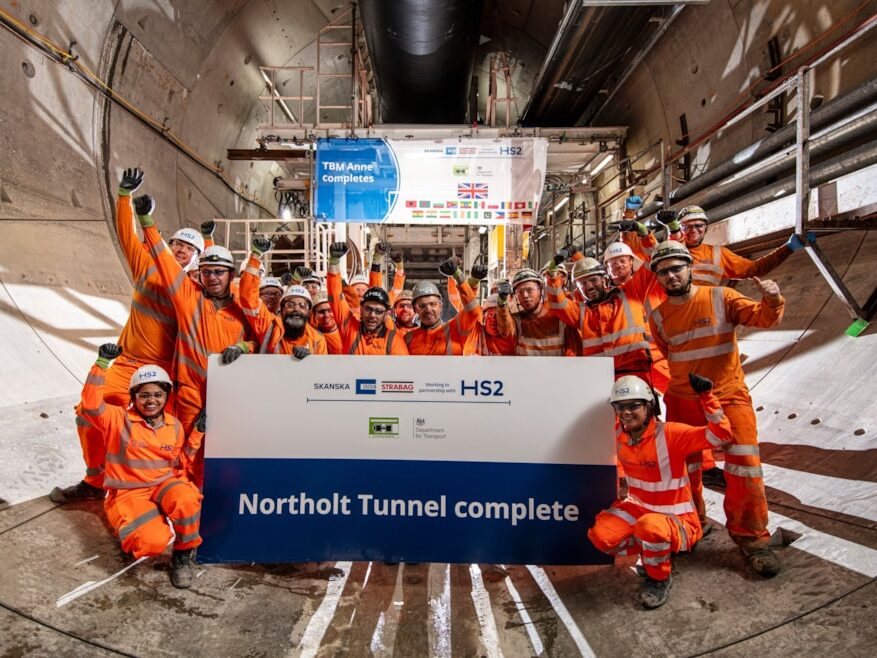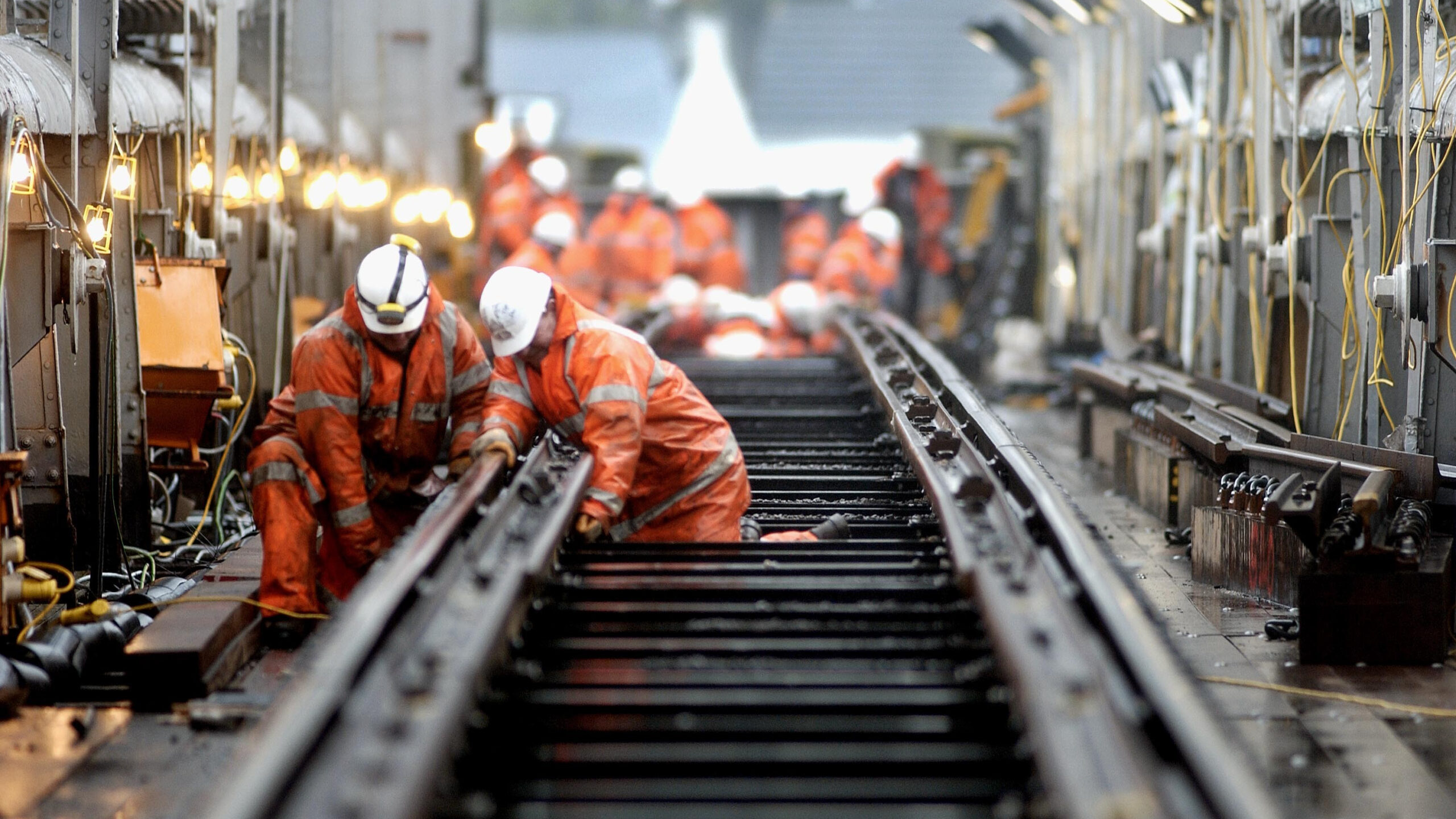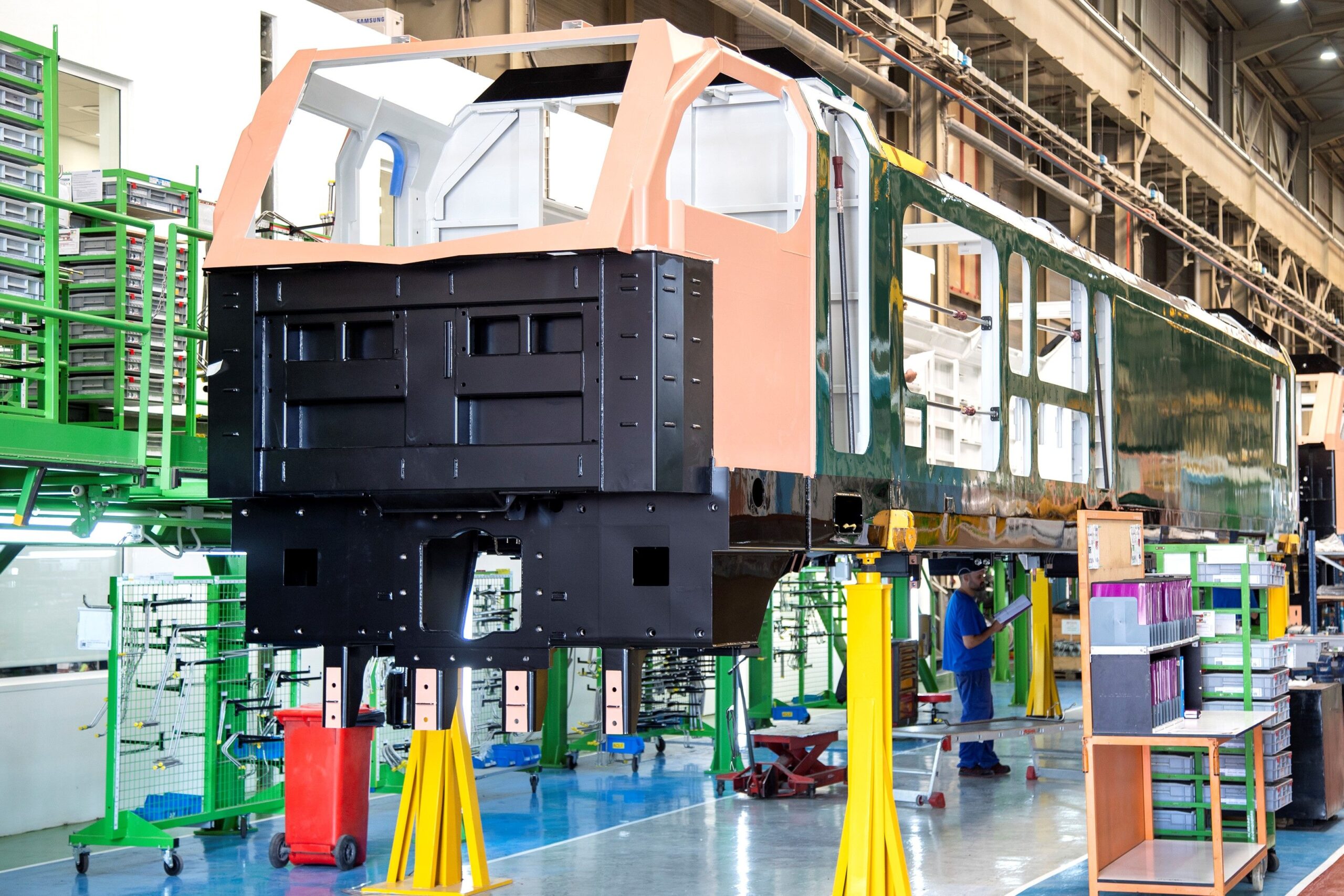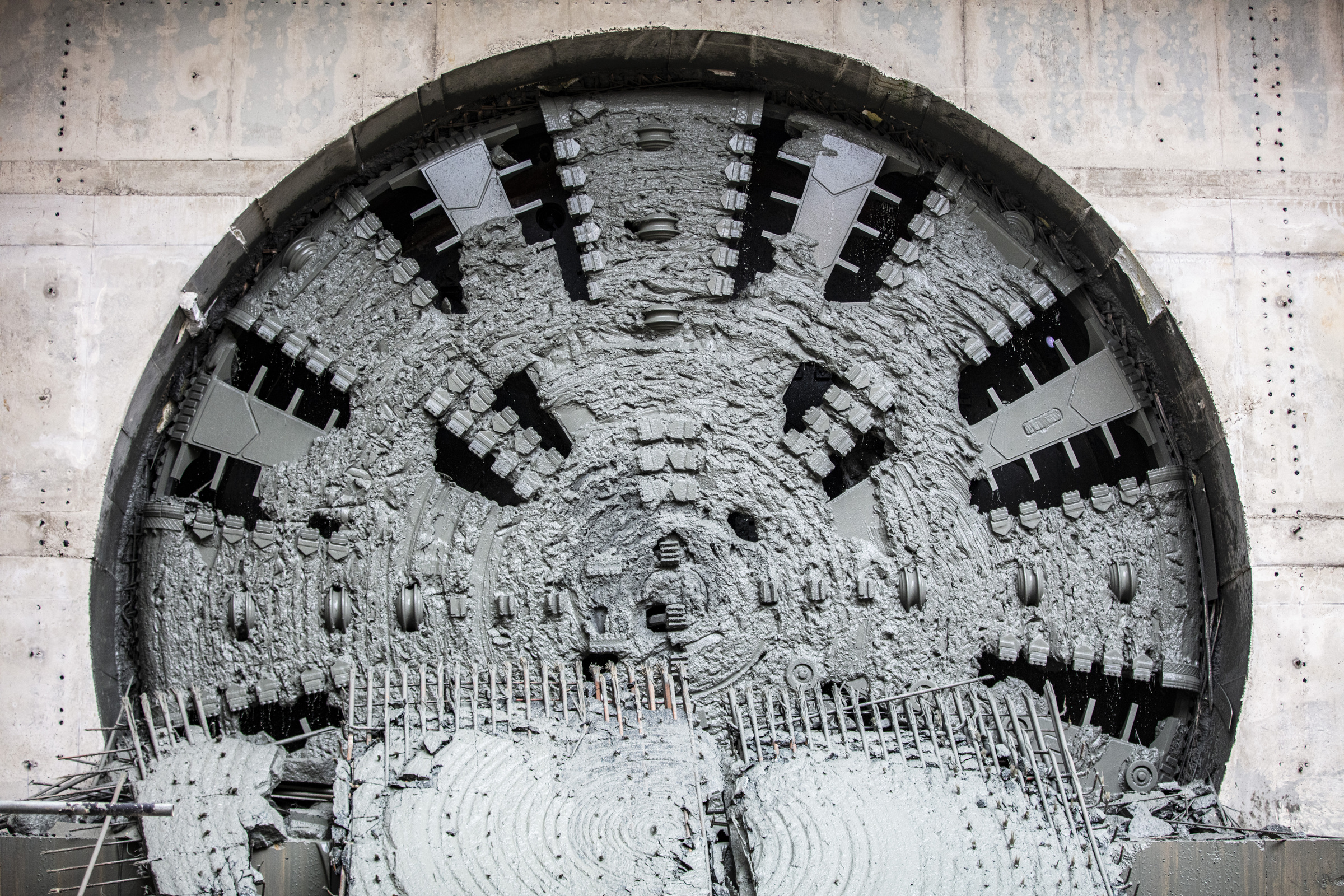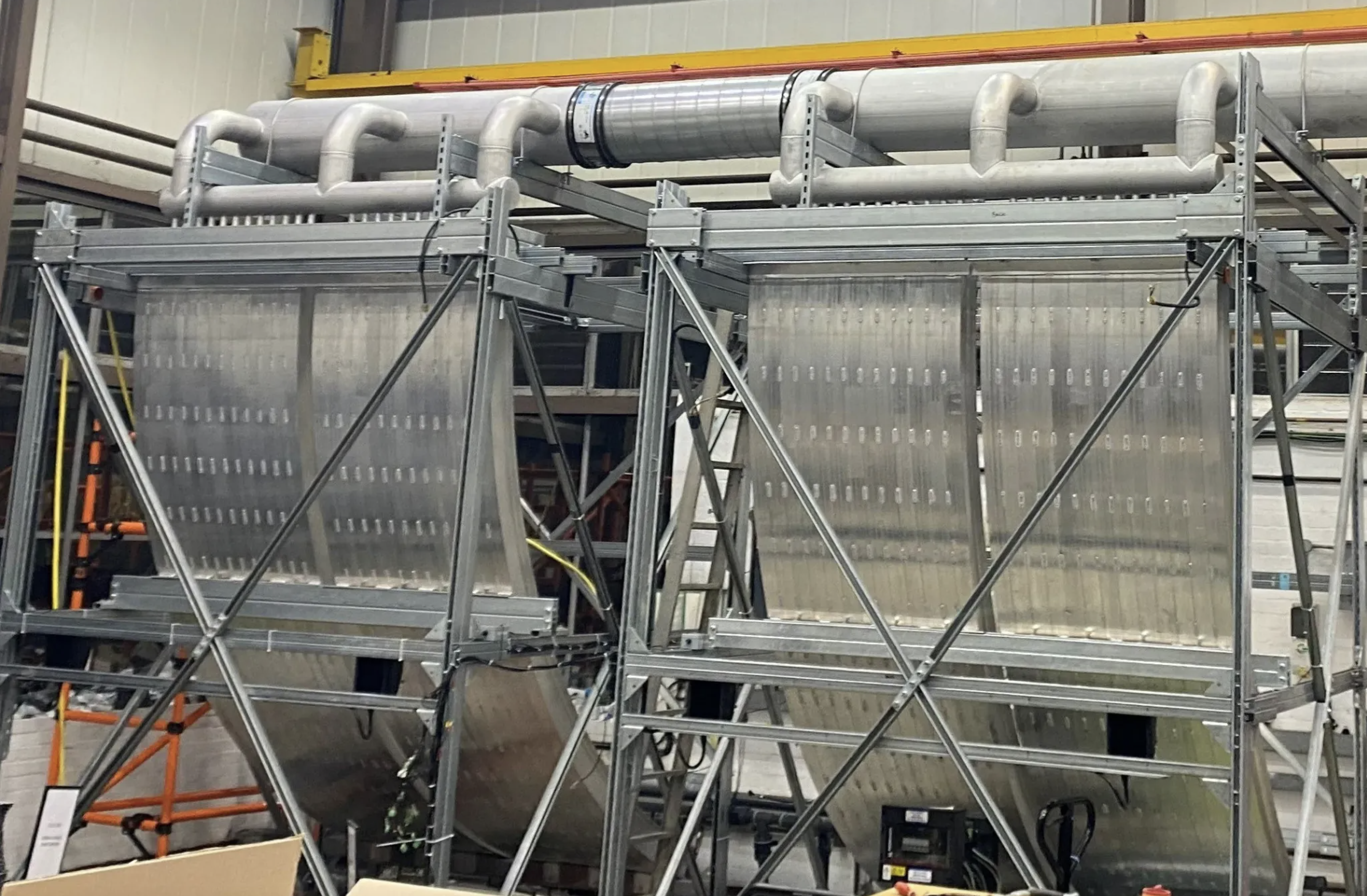On 5 August, Coventry City Council presented its ongoing Coventry Very Light Rail Project at a Future Mobility Showcase Day hosted by the West Midlands Growth Company.
The Future Mobility Showcase Day took place at E.ON UK in conjunction with the Commonwealth Games to explore efficient and sustainable future transport solutions.
During the event’s panel discussion, Colin Knight, Director of Transportation and Highways at Coventry City Council, explained that the Coventry Very Light Rail system was being developed to fill a gap in the market for a more cost-effective rail solution.
Knight acknowledged that rail systems were generally the most attractive and effective form of transport for initiating a modal shift and reducing reliance on private cars. However, as rail is typically more expensive to implement than bus alternatives, this project aims to create a cheaper solution that can target the lower cost band and capacity demand of mid-sized cities.
Conventional light rail systems can cost between 25 million GBP and 100 million GBP per kilometre to install. However, Coventry City Council anticipates that Coventry Very Light Rail will cost only a third of the price of a regular tram alternative.
What Makes Very Light Rail So Much Cheaper?
This reduction in cost is thanks to existing light-weighting manufacturing skills in the West Midlands that will allow the track form to be installed within 30 centimetres of the road’s surface, above the existing utilities. The system can therefore be installed quickly without causing significant disruption.
The reason why such systems are best-suited to mid-sized cities is that they cannot offer the same capacity as traditional tram and light rail systems because of their weight limitations. In that sense it offers the appeal of a rail system with a much reduced price tag where capacity demands are at a suitable level for such a system.
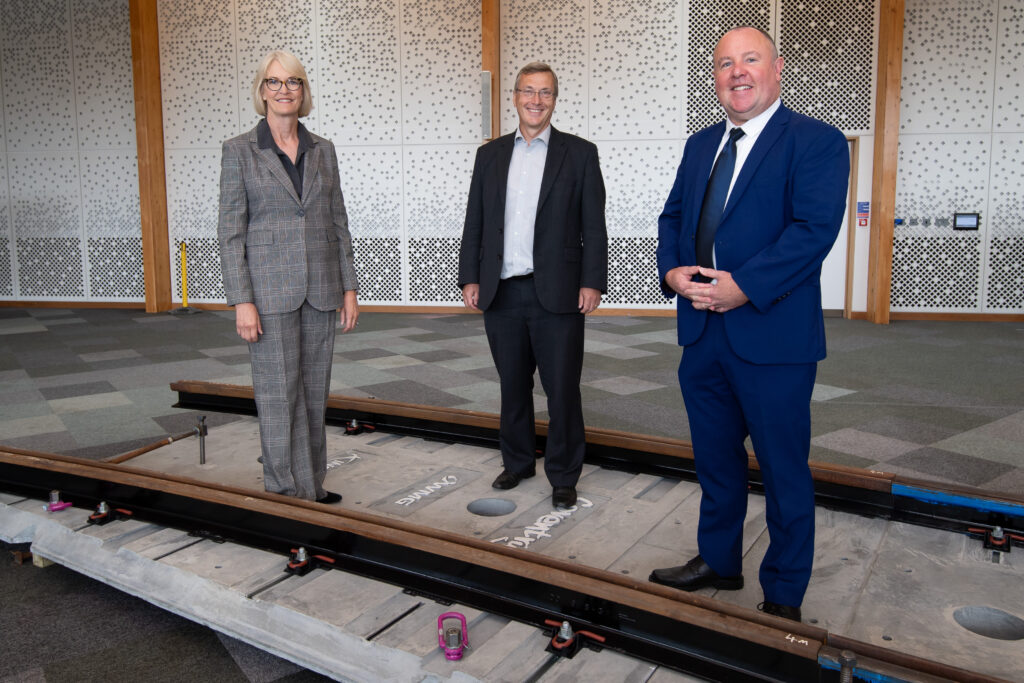
The light rail vehicles will be autonomously operated to enable a high-frequency turn-up-and-go service, with each tram carrying up to 50 passengers. The vehicles will be battery-powered, eliminating the need for overhead wires. In addition, the bogies will be capable of navigating 15 metre-radius curves to ensure the system is compatible with the existing urban environment.
Coventry City Council is testing this solution at the Very Light Rail National Innovation Centre in Dudley and anticipates that it will be operational in Coventry City Centre in the next 18 months. The final steps of the Transport Works Act Order will then be completed in the real-world environment.
Once the system enters service, the Coventry Very Light Rail network will be integrated with multimodal transport options including Coventry’s all-electric buses and local railway stations.
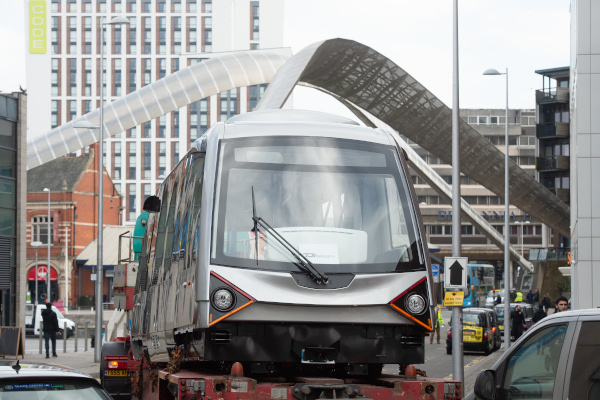
The long-term vision for this project is to present an integrated transport solution that could become commercially available to other cities across the UK and globally. The light-weight vehicles will also be compatible with standard tram tracks, enabling them to be integrated into existing networks to shorten headways and increase service frequency.
Councillor Jim O’Boyle from Coventry City Council noted that this system was globally unique and offered great economic potential for the region.
Unlike the Midland Metro trams, which were built in Italy, O’Boyle anticipates that the entire Very Light Rail system will be built in the West Midlands. The city will therefore benefit from rail industry investments.
Councillor Jim O’Boyle said:Coventry was the beating heart of the carbon revolution and now with projects like this, we will lead the zero-carbon revolution too.
The Coventry Very Light Rail system is expected to be fully certified and operational by 2026. This date was originally intended to coincide with the opening of the first phase of HS2, which has since been delayed. Regardless, O’Boyle stated that the Coventry Very Light Rail Project was currently on schedule to bring improved connectivity to Coventry.

